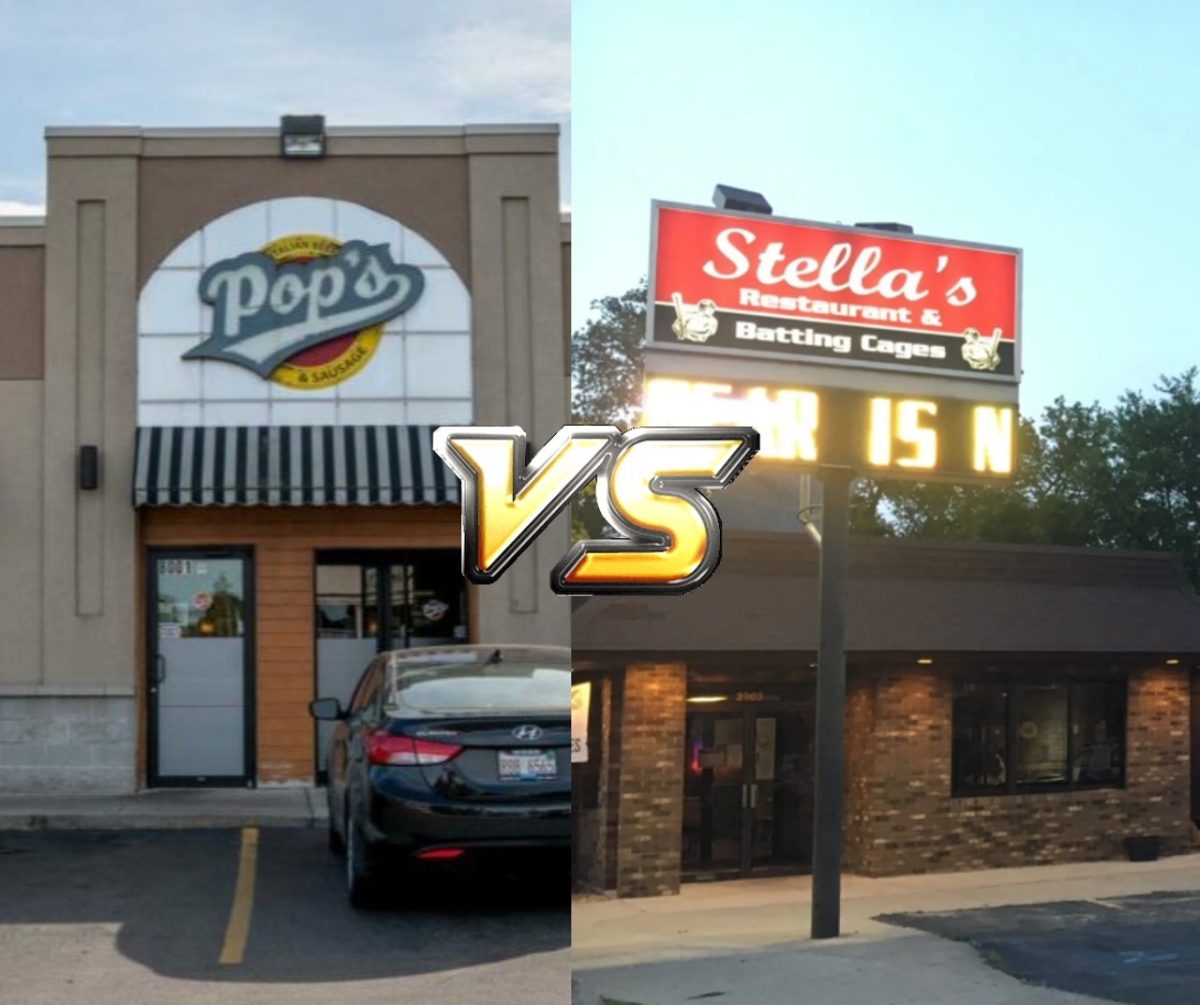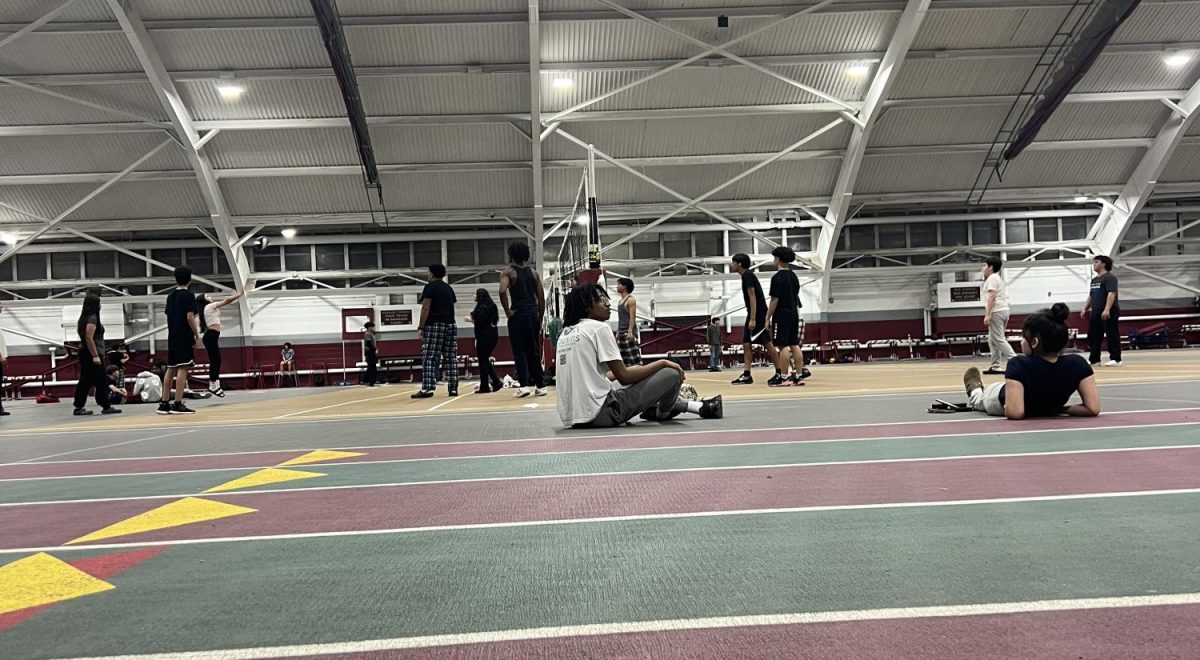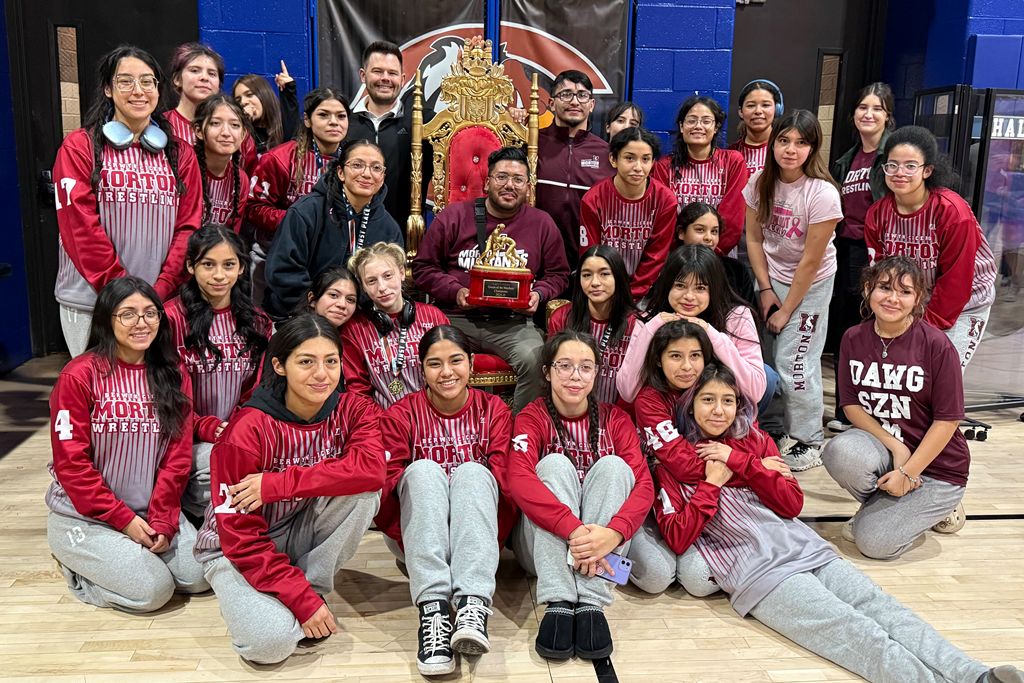Los Angeles has the glammer of Hollywood, and San Diego owns the best beaches, but another California city might lay claim as the state’s cultural capital: San Francisco.
With a bustling population of 875,000, San Francisco’s national status as a bellwether of progressive culture, technological innovation, and American art can be traced through its unique history. Named for Saint Francis of Assisi by the Spanish who settled there in 1776, the city enjoyed a boom in population and entrepreneurial expansion during the gold rush of the late 1840s. As the 19th century progressed, the city’s population growth exploded, largely due to a thriving wharf, the completion of the Port of San Francisco, and the city’s connection to the national rail system.
An earthquake in 1906 leveled three-quarters of the city but also cleared the way for ambitious infrastructural improvements, including street tunnels, municipal railways, and water supply systems that further fed the city’s growth – even through the Great Depression, when it completed construction of the Golden Gate Bridge in 1937.
World War II saw greater industrial development and population growth, as Hunters Point Naval Shipyard became a major construction and repair center for the American Navy’s Pacific fleet, and Fort Mason served as a large deployment facility for the U.S. Army for troops headed to fight against Imperial Japan.
Post-war San Francisco saw the city transition away from industrialization and toward a white-collar service sector economy. With that transition came the emergence of a lively arts scene, and the city soon became a capital of the counterculture and gay rights movements. Nowadays, its close proximity to Silicon Valley makes San Francisco and its suburbs home for many employees of large tech companies.













Gabriel Sanchez • Apr 14, 2025 at 7:08 am
woah